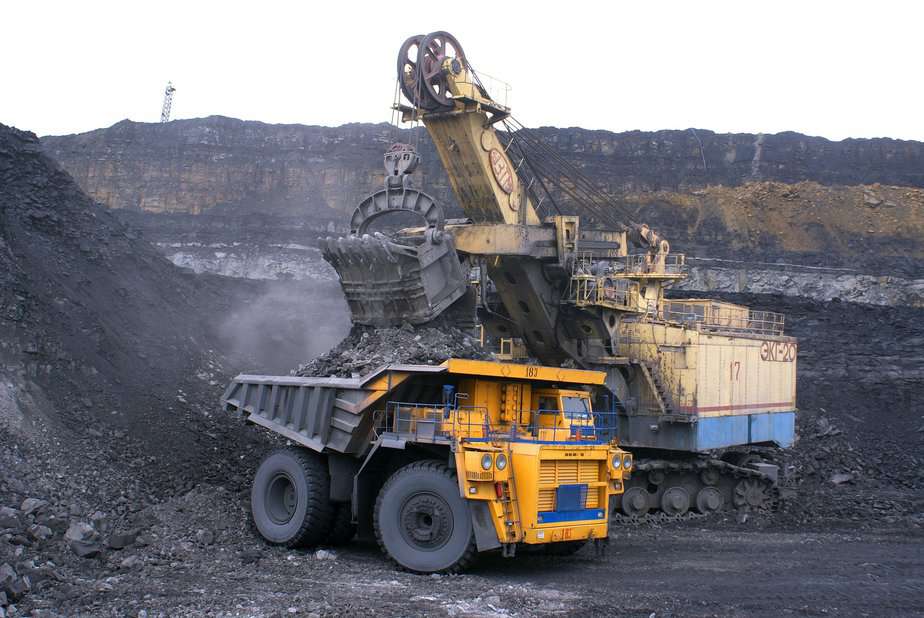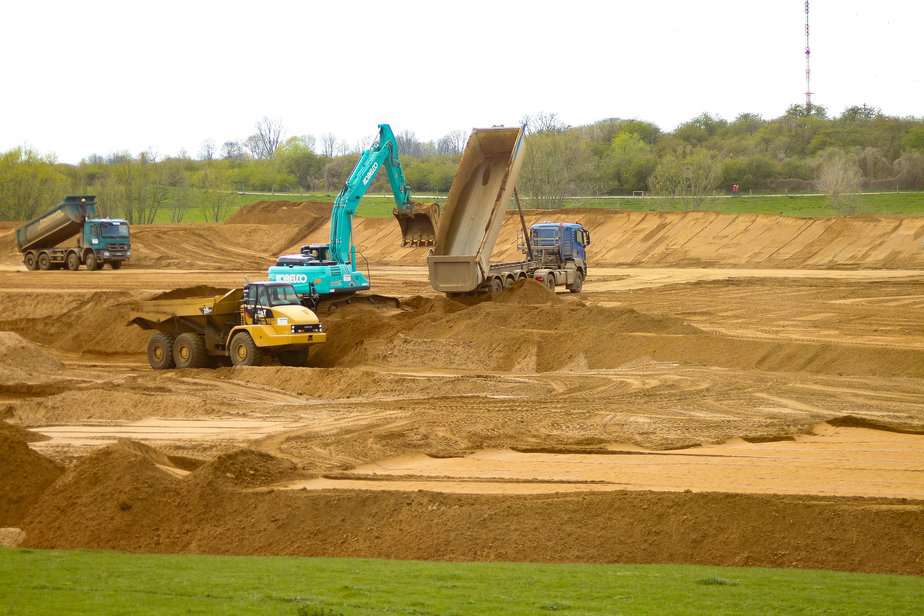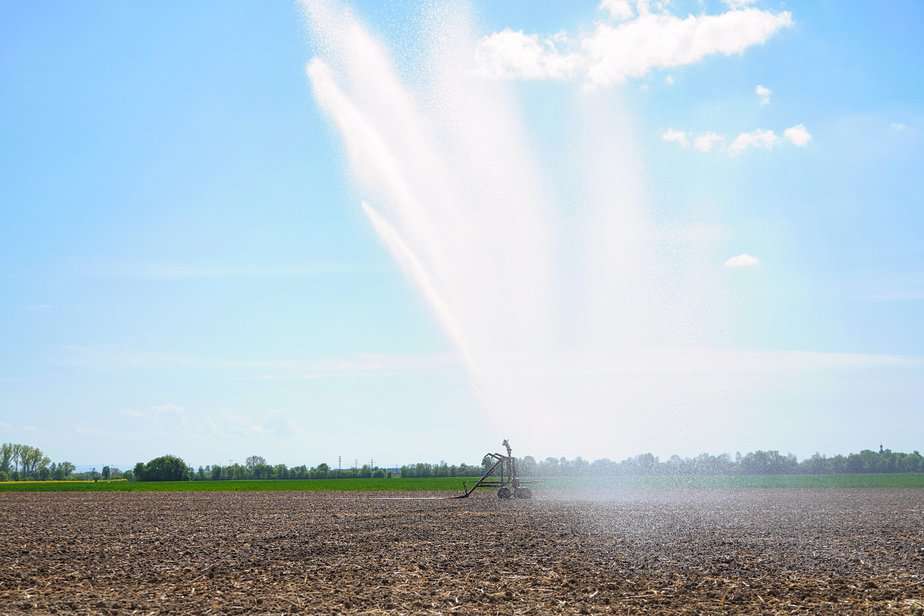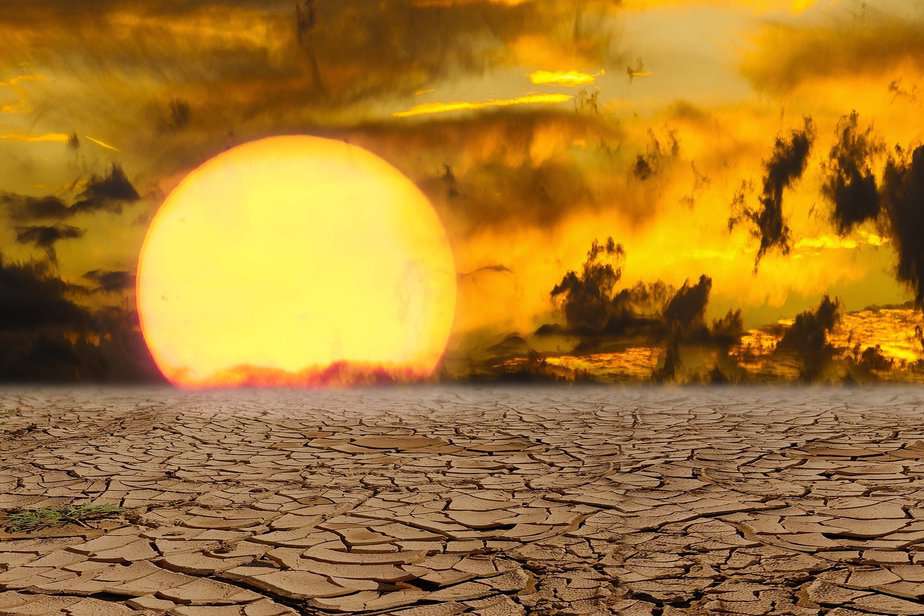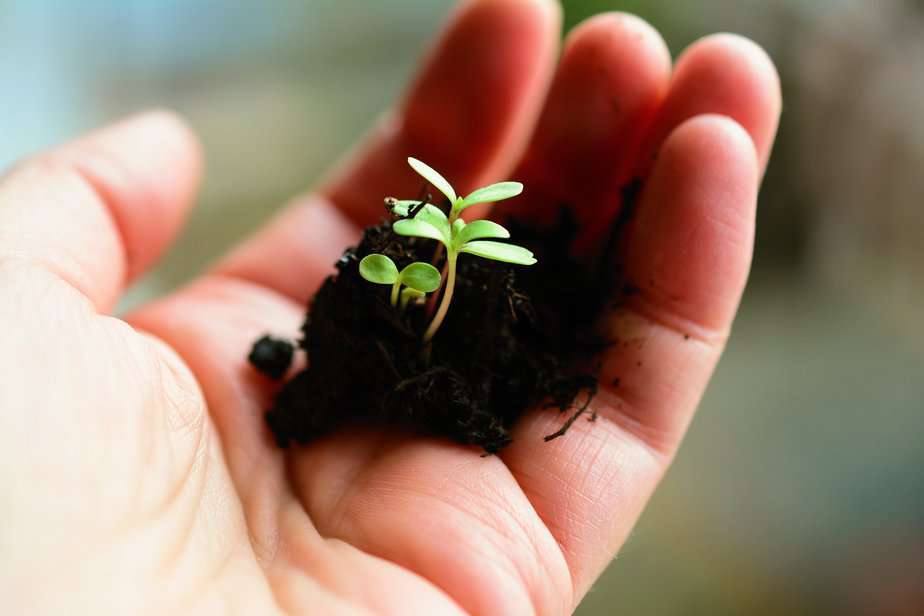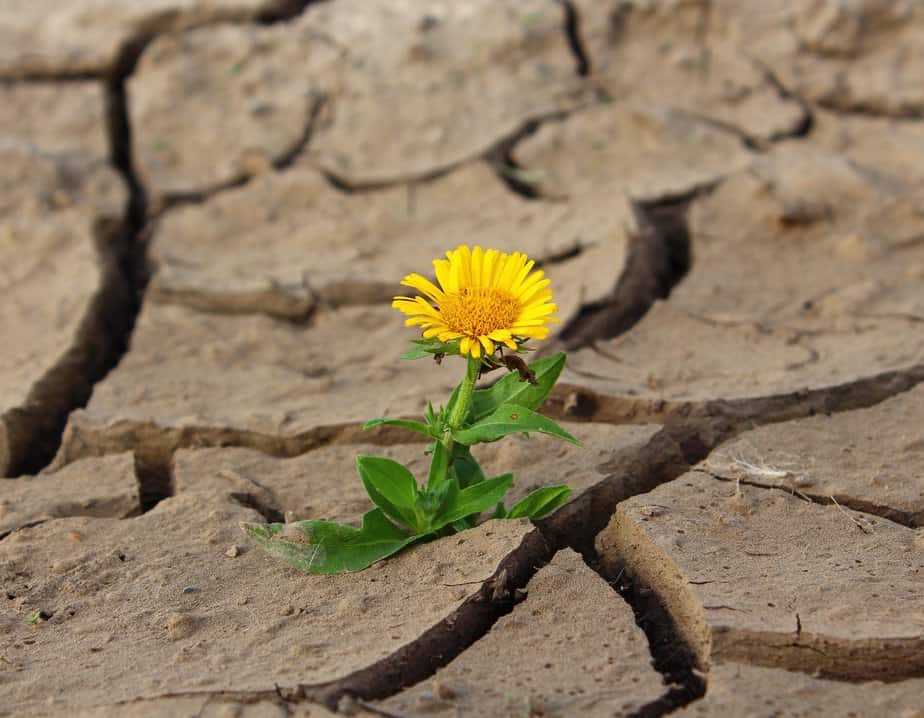Building Farm Dams: An Expert’s Perspective on Design, Construction, and Sustainability
Tag Archives: water security
Water is very important for farming. Farm dams are crucial for irrigation, cattle, and keeping rural communities alive in Australia and around the world.
But every year, millions of litres of valuable water are lost to evaporation, especially in hot, dry places like much of inland Australia.
Earth dams are vital for water storage, flood control, irrigation, and environmental management. However, their safety and longevity are continually threatened by cracks and seepage—issues that, if neglected, can escalate into catastrophic failure.
Drawing on over 30 years of award-winning dam engineering experience, this in-depth guide provides a comprehensive overview of diagnosing, repairing, and preventing cracks and seepage in earth dams, integrating proven field practices, modern materials, and the latest diagnostic technologies.
As an expert dam builder with over 30 years of experience, I’ve seen firsthand the challenges and opportunities that come with managing dams through extreme weather events.
Whether you’re a landholder with a farm dam or responsible for a larger water storage, preparing your dam for drought or heavy rainfall is essential for protecting your assets, ensuring water security, and safeguarding downstream communities. In this guide, we will help you learn how to prepare your dam effectively.
To effectively prepare your dam, understanding the specific risks associated with your location is key. Regularly assessing your dam’s condition will help you prepare your dam for changing weather patterns.
This comprehensive guide will walk you through the best practices, strategies, and maintenance routines to help your dam weather the extremes of drought and deluge.
Calculating the right dam size and capacity for a farm dam requires balancing water demand, evaporation losses, catchment hydrology, and site-specific engineering factors. Here’s a systematic approach refined over decades of agricultural water management.
Evaporation can cause significant water loss from lakes, reservoirs, and farm dams, particularly during hot and windy conditions.
Traditional water management methods are no longer sufficient. This has led to the adoption of innovative solutions like windbreaks and floating covers. These approaches not only reduce evaporation but also improve water quality and promote sustainable water use.
New research from the University of Queensland reveals that a significant portion of the world’s mine tailings, about one-third, poses environmental threats to protected areas. Led by Bora Aska, the study emphasizes the risks these waste facilities pose to biodiversity. It highlights dam failures and stresses the urgent need for mitigating actions amid rising global tailings production.
Earth dams are versatile structures that serve a multifaceted role in flood control and disaster management. Floods are one of the most devastating natural disasters that can wreak havoc on communities, causing immense damage to property, infrastructure, and, most tragically, human lives. The frequency and intensity of flooding occurrences have risen due to climate change and urbanisation, making it imperative for us to explore and employ effective flood control and disaster management strategies. Among the various flood control measures, earth dams have emerged as vital structures that play a crucial role in mitigating the impact of floods and managing disaster situations. In this thesis, we will dive deep into the significance of earth dams in flood control and disaster management, exploring their functions, benefits, and their role in safeguarding communities.
The New South Wales (NSW) Government is setting its sights on doubling the water supply from Sydney’s $2 billion desalination plant to counteract the anticipated rise in temperatures. According to the World Meteorological Organisation (WMO), Australia is on the verge of experiencing its hottest summer on record in 2024, which is expected to heighten the risk of drought.
The factors contributing to a lack of rainfall are multifaceted and interconnected. Rainfall is a vital component of Earth’s natural water cycle and plays a crucial role in supporting life, agriculture, and ecosystems. However, in various parts of the world, there are periods when rainfall becomes scarce, leading to droughts and water shortages. In this article, we look at the complex factors that can cause a lack of rainfall, shedding light on the meteorological, geographical, and environmental aspects of this phenomenon.
Australia’s population growth, combined with the shortage of dams and other water infrastructure, has left the country vulnerable to the devastating impacts of droughts.
Australia, known for its vast landscapes, unique wildlife, and thriving cities, faces a recurring challenge: drought. The continent has a long history of droughts, which can have devastating effects on its environment, economy, and people. While droughts are natural occurrences, Australia’s increasing population and a lack of sufficient dams have left many Australians feeling vulnerable in the face of these dry spells.
The foundation of successful agriculture lies beneath our feet: the soil. To maximize crop yields, improve soil health, and make sustainable farming decisions, it is essential to understand the composition and condition of your soil. This is where soil testing tools and techniques come into play.
Let’s explore various soil testing tools and techniques that can empower farmers to make informed decisions, enhance soil fertility, and promote better farming practices.
Low rainfall or drought is a pressing concern in many regions across the world, leading to water scarcity, crop failures, and environmental challenges. Climate change and natural variability have exacerbated this issue, making it essential for communities to implement proactive strategies to address low rainfall and its consequences.
Surviving with less water is a skill that can be valuable in various situations, from dealing with water scarcity in everyday life to emergency scenarios in the wild.
Water is essential for life. It’s not just vital for staying hydrated, but also for cooking, cleaning, agriculture, and countless other daily activities. However, in certain situations, such as during droughts, emergencies, or while exploring remote regions, access to ample water may be limited.
In this article, I explore essential strategies and give you tips on how to survive with less water, ensuring that you can adapt and thrive even when faced with water scarcity.
The unpredictability of the drought wreaking havoc in NSW is a stark reminder of the tenacity and will of the Australian people.
Australia, a country renowned for its stark environmental issues and contrasted beauty, is once again facing the terrible power of nature. Currently, towns and farmers in the state of New South Wales (NSW) are struggling due to an unpredictable drought, which poses a severe threat. We go deep into this dilemma in this blog article, telling the moving story of a farmer struggling against the wrath of nature.
Australia is currently grappling with unprecedented dry conditions, with the past three months marking the driest quarter in the nation’s recorded history. According to the latest findings from the Bureau of Meteorology, the country is enduring a significant rainfall deficit, with the situation particularly dire in Western Australia, Queensland, and South Australia.
Climate change is causing shifts in weather patterns worldwide, leading to more frequent and severe droughts in various regions. These prolonged dry spells can have devastating consequences for agriculture, water supply, and ecosystems. To mitigate the impact of future droughts, it’s essential to be proactive and prepared. In this blog post, we’ll explore ten effective ways to prepare for the next seven years of droughts.
As the global climate continues to evolve, the frequency and intensity of extreme weather events are on the rise. This presents a pressing need to reevaluate and adapt critical infrastructure like dams to ensure their resilience in the face of these changes. Dams are essential structures that provide water storage, flood control, and hydropower generation. In this article, we’ll explore the key considerations and strategies for adapting dam design to climate change, ensuring their functionality and safety in an increasingly uncertain future.
Efficient irrigation systems play a pivotal role in modern agriculture and landscaping. They ensure optimal water usage, minimize wastage, and contribute to sustainable resource management. Designing a super-efficient irrigation system requires careful planning, knowledge of the landscape, and the utilization of advanced technologies. In this guide, we will explore the key considerations and steps involved in creating irrigation systems that maximize water efficiency and promote healthy plant growth.
The total active storage percentage of rural water supplies on 4 November 2019 was 30.7%. This was a decrease of 0.3% since last week. Significant rainfall was recorded near Bourke and surrounding areas over the weekend of 2nd and 3rd Nov 2019. Around 95mm was observed at Bourke and around 51mm at Brewarrina over …
The Bureau of Meteorology (BoM) Climate and Water Briefing dated 22 October predicts a 50% chance of summer rain across NSW from November to January. However, rainfall is likely to be below average across most of the New South Wales for November. The drier outlook continues into December for most areas within New South Wales, …
Get 25% of your dam investment refunded through the NSW Rural Assistance Authority On-Farm Emergency Water Infrastructure Rebate Scheme. This program aims to provide funding for primary producers for the costs associated with the purchase and installation of on-farm water infrastructure that addresses animal welfare needs and improves resilience to drought. The rebate is 25% …
The total active storage percentage of rural dam water supplies on 30 September 2019 was 32.6% of the total active storage capacity. This was a decrease of 0.4% since last week. The total dam storage level of urban water supplies on 30 September 2019 was 49.1% of the total storage capacity. This was a decrease …
Large dams capture lost rainwater run-off for avocado growers Avocado growers always worry about their dam levels and their ability to effectively harvest rainwater. The dam for Josh McMillan is completed. Large dams are helping Comboyne avocado growers like Josh McMillan ensure their water security for their stock and crops. These rainwater harvesting systems allow …









